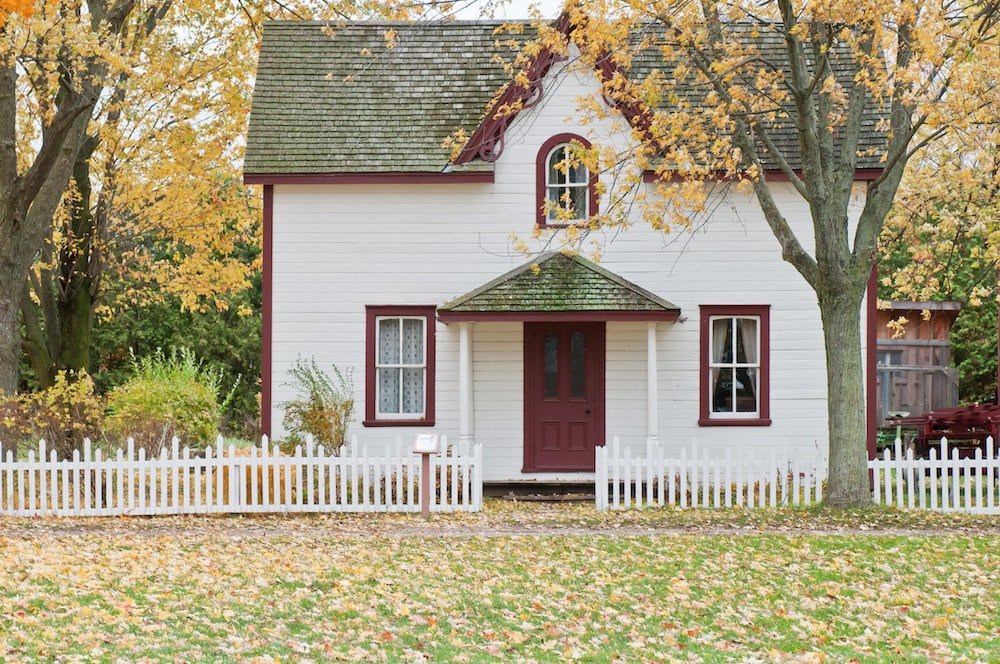
Mortgage rates are ticking up, inflation is rising, and home prices are steadily increasing in many areas across the country. So if you’re wondering how much you can afford on your next mortgage, you’re not alone.
One of the main questions we hear from homebuyers across the US is, how much can I afford right now based on my current salary?
It makes sense. The minute you start shopping for a new home, you want to know how much you can afford and what type of mortgage you’ll qualify for. After all, the last thing you want is to make an offer on your dream home, compete against multiple bids, only to watch your loan fall through.
One of the best moves you can make is to get pre-approved to qualify for the lowest mortgage rate, which we blogged about here.
TAKE 5 STEPS TO FIND OUT HOW MUCH YOU CAN AFFORD
If you’re looking for a ballpark figure, be sure to check out this mortgage calculator. Just a reminder that daily mortgage rates on websites rarely pan out. Once you apply for a mortgage, everything else comes into play: income, employment, credit rating, debt-to-income ratio, the home appraisal, just to name a few. For the same reason, mortgage calculators are useful, but they are only a starting point. Connecting with a mortgage advisor is the best action you can take.
Step 1: Evaluate your spending habits.
This might seem like a simple approach, but it’s not uncommon to qualify for a mortgage you can’t really afford. Loans are largely based on algorithms defined by mortgage lenders to calculate risk. If your spending habits aren’t in line with a new mortgage payment, it’s better to know your limits.
When you decide to start shopping, look at your current spending patterns. Also, think about new spending that will change once you become a homeowner. For example, do you plan on hosting backyard BBQs, new landscaping, maintaining a pool? Remember, you’ll also have new costs such as home maintenance and repairs, homeowner’s insurance, and property taxes.
Related: How to FAST TRACK your mortgage pre-approval
Step 2: Follow the standard 28/36% rule.
Most financial advisors recommend that homeowners spend 28% or less of their monthly income on housing. As a homeowner, this amount (before taxes) should cover all housing costs, including your mortgage payment, utilities, property taxes, and homeowner’s insurance.
If you set up a mortgage escrow account, your mortgage payment will include your property taxes and homeowner’s insurance. For homeowners, this is a convenient option that helps with budgeting and financial stability each month.
Related: Does every mortgage need an escrow account?
Step 3: Evaluate your debt-to-income ratio (DTI).
Your debt-to-income ratio is one of the main levers used by mortgage lenders to determine your loan amount. To determine your debt-to-income (DTI) ratio, simply compare your monthly income (before taxes) against your monthly debt obligations.
Monthly expenses such as groceries or utilities are not taken into account here. Instead, total debt payments are the main factor. For example, be sure to include car payments, credit card payments, and any student loan debt.
If you have a DTI above 43%, it will be more difficult to qualify for a mortgage at a low rate. Ideally, the lower your DTI, the better mortgage you’ll qualify for. There are loan programs to help homebuyers qualify even with a high DTI, so talk to your mortgage advisor to start your application and get approved for the best loan.
One caveat: You don’t have to max out on your mortgage. Just because you might qualify for a high loan amount, it’s your choice how much you decide to borrow (up to qualified limits). It’s a smart move to keep a buffer in your finances when it comes to how much house you can afford.
Step 4: Bump up your credit score.
It’s always a smart decision to download a free copy of your credit report. This will give you a chance to fix any errors, dispute incorrect information, and know your credit score.
One of the best ways to boost your credit score fast is to pay down credit cards (start with the highest balances), keep your credit accounts open, and don’t apply for any new credit. If you have anything out of the ordinary, be prepared to offer an explanation that can help you get a better mortgage.
Related: Boost your credit score in less than 60 days
Step 5: Plan your down payment.
If you’re able to put down at least 20% toward your new home, you’ll have more loan options at the best rate. This is because you’ll be below the 80% threshold that many mortgage lenders prefer since it reduces their risk. Staying below 80% LTV (loan-to-value) typically means the mortgage lender won’t require PMI (private mortgage insurance), so you’ll enjoy a lower mortgage payment and a better mortgage rate.
That said, there are several loan options and the choice is yours. Many home loans for first-time homebuyers offer home loans with 0-5% down. FHA loans only require a 3.5% down payment. Conventional 97 requires only a 3% down payment.
The best action step is to connect with a mortgage advisor and get pre-approved. An advisor can look at the big picture, offer the best loan options, and help you decide which home loan is best based on your homeownership goals.
Taking Action
Getting pre-approved for a mortgage is the best first step you can take when you’re shopping for your next home. We can help get you qualified so you know exactly how much you can afford and how to secure the lowest mortgage rate. There are several advantages depending on your homeownership goals. Connect with a local mortgage advisor to get started. We’d love to help.



